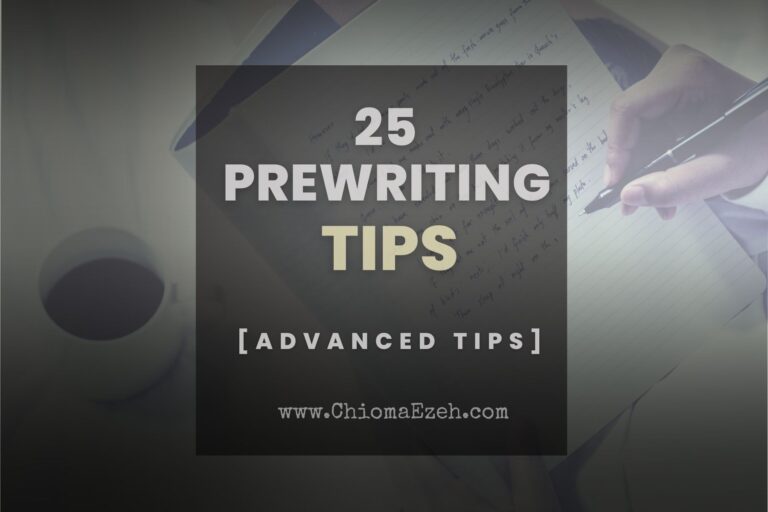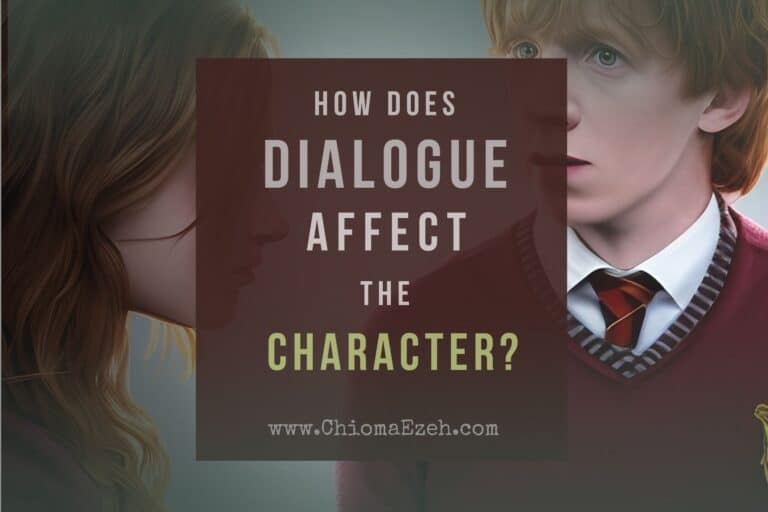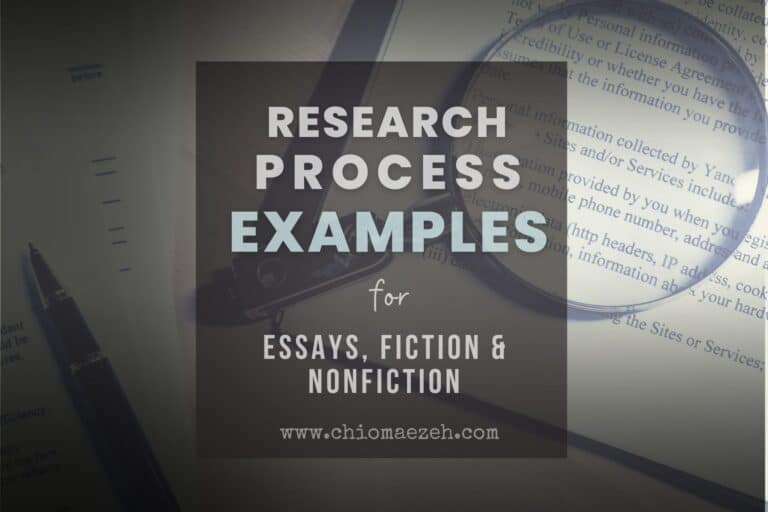What Is Third Person Point of View? [Definition & Examples]
Point of view in writing influences the perspective in which you write your story. Writing in the third person point of view can be a great way to tell your story and give readers an immersive experience. But what sets the third-person POV apart, and how can it be used to write a captivating narrative?
In this post, we’ll explore the elements of the third person point of view, provide examples from popular works, discuss three types of narrative voices available to writers using this style, as well as look at some pros and cons of this POV.
👉 See our comprehensive overview guide to Point of view in literature

Let’s Talk
Are you a writer aspiring to pen a masterpiece that never fails to captivate? Look no further. Reach out to us and uncover how we can help you to take your writing to unprecedented heights!

What Is Third Person Point of View?
Third person point of view (POV) is a type of narrative that uses third-person pronouns such as “he,” “she,”, “her”, “him”, “herself”, “himself”, “they”, “theirs”, etc to refer to characters. In contrast to first and second person POV, the third person is the most commonly used narrative mode in literature, movies, TV shows, and other forms of storytelling.
Third-person narration gives a sweeping view of the tale being told while not coming from any character’s mouth. It grants the author the ability to tell their narrative from an all-knowing standpoint.
This approach offers more flexibility in storytelling than other POVs. It also offers more descriptive writing as it allows for various voices and tones to be used. However, it can make emotional connections with readers harder to achieve due to its external nature.
👉 If you’re interested to learn about the other types of POV, see our first person POV guide and second person POV guide
What Are The Elements of Third Person Point of View?
The are four main elements of third person point of view:
- Perspective – The narrator offers an expansive viewpoint, providing readers with a multifaceted view of the narrative.
- Distance – Provides distance between readers and characters by removing them from direct involvement with events.
- Voice – Gives writers freedom to use various voices throughout their work without being confined by one single protagonist’s voice or opinion.
- Tone – Allows for more description than first-person narration, as it enables writers to set up certain tones within their stories.
Examples Of Third Person Point Of View
Example 1:
“He was walking down the street when he noticed a strange figure in the shadows. He moved closer to get a better look, and saw that it was an old man wearing a tattered coat. The old man had a faraway look in his eyes as if he were lost in thought. He stopped and asked the old man if he needed any help, but the old man just shook his head and walked away.”
From the above, you can tell that the story is written from a third-person point of view as “he” is used to refer to the protagonist.
The writer is not directly involved in the story, but instead narrates it from a distance. This allows for a more objective and omniscient view of the events that are taking place.
Example 2:
Elizabeth Bennet had never encountered such an affront before. Elizabeth was taken aback by the boldness of it, her emotions stirred and her sense of self disrupted. Someone had seemed to penetrate her core, stripping away a portion of who she was and carelessly discarding it.
Even though Elizabeth wasn’t speaking directly to anyone at that moment, readers could still gain insight into her innermost thoughts and feelings due to this third-person point of view.
Third person point of view allows readers to learn more about the character, their emotions, and thoughts and can provide greater insight into the narrative.
What Are Three Types of Third Person POV?
From a third person perspective, stories can be enriched by being seen through various lenses. Writers have plenty of options when writing in the third person POV. They include:
- Third Person Limited
- Third Person Omniscient
- Third Person Objective
1. Third Person Limited
This is the most commonly used point of view in writing. This point of view allows a reader to get an up-close glimpse into the head and heart of one character, understanding their sentiments and drives as events transpire from afar.
The narrator is not present in the story but rather acts as an observer who follows the protagonist’s journey. This type of POV gives readers an intimate look at how events unfold through the eyes of that particular character while still providing enough distance for objectivity.
For example,
“She watched as the clock ticked away the seconds, her heart pounding with anticipation. She knew what was coming, but there was still a sense of dread that hung in the air.”
From the example, we can see how the narrator is removed enough to observe one character’s (the protagonist’s) feelings and actions without interfering in what is happening.
2. Third Person Omniscient
Third Person Omniscient is when a narrator has access to all characters’ thoughts and feelings, allowing them to comment on any situation or person without limitation.
This type of POV can be useful if you want to give your audience a broad overview of multiple characters’ perspectives or show different sides of an argument without bias.
For example,
“Adam was nervous as he stepped into the room, his palms sweating and heart racing. Across from him, Jane sat with a steely gaze and crossed arms, her mind already made up on the matter at hand.”
From the example, we can see how the narrator has a god-like ability to observe both characters (Adam and Jane) and their innermost thoughts and emotions.
That said, if too many POVs are included or there’s no smooth passage between each scene, it could be rather disorienting.
3. Third Person Objective
Third Person objective uses only what can be seen and heard by everyone present in a given scene – no internal monologues or inner dialogue allowed.
This style builds tension, as readers must depend on outside hints like movements and conduct to comprehend each character’s aims and objectives, with no access to their internal musings.
For example,
“The door creaked open, and the man stepped inside. His eyes darted around the room, taking in every detail as he slowly made his way towards the chair. He lowered himself into it, his hands clasped tightly together under the table.”
From the example we can see how no internal monologue is used to describe what’s happening. This allows the reader to infer what the character is thinking and feeling.
Overall, these three types of third person POV provide writers with plenty of options for telling stories from different angles, but also keeps things interesting for the reader.
What Are The Pros And Cons Of Third Person POV?
The third person POV may present certain benefits and challenges. Let’s take a look at the pros and cons of third person POV.
Pros
- Allows authors to explore various perspectives without needing too much exposition or dialogue from characters.
- Greater opportunities for suspenseful storytelling since authors don’t need to reveal everything upfront due to its external nature.
- Third-person point of view allows authors to craft stories more naturally due to the lack of direct pressure from themselves.
- Allows for more objectivity in storytelling than first person narration does.
- Third person POV enables readers to form their own interpretations of the narrative without being guided by an unreliable narrator who might not be well informed.
- Greater flexibility when constructing dialogue between characters and crafting scenes with multiple points of view simultaneously.
Cons
- May be harder for audiences to connect emotionally with certain storylines if they feel removed from events taking place.
- Sometimes switching back and forth too often can lead to confusion amongst readers if not done properly
- The plot may become disjointed and hard to follow up until the very end.
- Difficulty conveying complex emotions effectively compared with first-person POV.
Examples of Third Person POV In Popular Books
Example 1:
Stephen King’s horror novel “Carrie” uses the first person point-of-view narration to paint a chilling picture of Carrie White—a high school outcast with telekinetic powers after being tormented for years at her school—and Margaret White, her abusive religious fanatic mother determined to keep Carrie under lock and key. With this narrative technique, readers gain access into the inner workings of both characters’ mindsets and feelings that heightens suspense until the bitter end. Keywords: Active Voice, Idioms, Colloquialisms, Grammar, Spelling Punctuation
Example 2: J.K. Rowling’s Harry Potter series
One of the most famous examples of third person POV in literature is J.K. Rowling’s Harry Potter series.
Harry Potter’s adventures are narrated from a third person limited point of view – specifically through “the omniscient eye” of a narrator who reveals what Harry knows and experiences. This allows Harry’s thoughts and feelings to be expressed in the narration, while still providing an omniscient view of the story’s events.
Example 3: Stephen King’s The Shining
Finally, Stephen King’s The Shining is another great example of using third person POV in literature.
The novel is written from a third person omniscient point of view, which allows King to provide readers with an all-encompassing understanding of the characters and their actions. King was able to craft complex narratives in which each character’s individual story is directly linked to the larger narrative as a whole.
The above are just a few of the many examples of how third person POV can be used effectively in literature. With this point of view, authors are able to create a more intimate connection between the reader and their characters, while providing an overarching view of the events taking place around them.
Video Recommendation: Third Person Point Of View
FAQs On Third Person Point of View
How Is The Third Person Point Of View Effective?
The third person point of view is an effective because it allows the author to maintain a level of objectivity. From a distance, readers can form their own interpretation of the story without being influenced by any particular character’s perspective.
How Do You Write In Third Person About Yourself?
Writing in third-person about oneself requires one to adopt the perspective of an outside observer. To do this, it is important to use language that describes oneself objectively and accurately without resorting to exaggerated claims or hyperbole.
Can Articles Be Written In Third-Person?
Articles can be written in third-person. Third-person writing presents a more objective view of the subject and allows for greater flexibility when presenting facts or opinions. When using this style, pronouns such as “he,” “she,” and “they” are employed instead of first person words like “I” or “we.”
Final Notes On Third Person Point Of View
The third-person perspective in writing can provide an immersive experience for the reader. It enables one to delve into characters’ emotions and thoughts while maintaining a degree of distance.
Third person POV also offers more flexibility when creating different types of stories or narrative structures. However, it can leave readers feeling estranged from the narrative or befuddled by its events if not employed properly. When done right though, third person’s point of view has many advantages that will help bring your story alive.

![How Does Dialogue Affect A Story? [Here’s how]](https://chiomaezeh.com/wp-content/uploads/2023/03/how-does-dialogue-affect-a-story-768x512.jpg)




